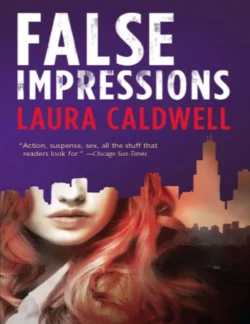False Impressions

Laura Caldwell
Тип: электронная книга
Жанр: Современная зарубежная литература
Язык: на английском языке
Стоимость: 153.68 ₽
Статус: В продаже
Издательство: HarperCollins
Дата публикации: 16.04.2024
Отзывы: Пока нет Добавить отзыв
О книге: The Art of Murder Chicago attorney Izzy McNeil is ready to take a break from private investigation and focus on her career in criminal law. But as a favor, she agrees to work with Madeline Saga, a beautiful art gallery owner who fears that artwork she has sold is fake. Who in Madeline’s tight circle of artists and gallery owners is guilty of the forgeries? When Madeline′s life is threatened, Izzy is suddenly asking a more troublesome question: Who wants the gallery owner dead?As the case spins out of control, there’s only one person who makes Izzy feel safe. Detective Damon Vaughn. But getting close to her former nemesis is full of surprises. Astonishing truths about the glittering Chicago art scene that will introduce Izzy to the deadliest art of deception…."Caldwell combines the best courtroom dramas with the vibe of Sex in the City …Izzy McNeil’s wit and charm compel the reader and the mystery proves intriguing."–RTBook Reviews on Claim of Innocence